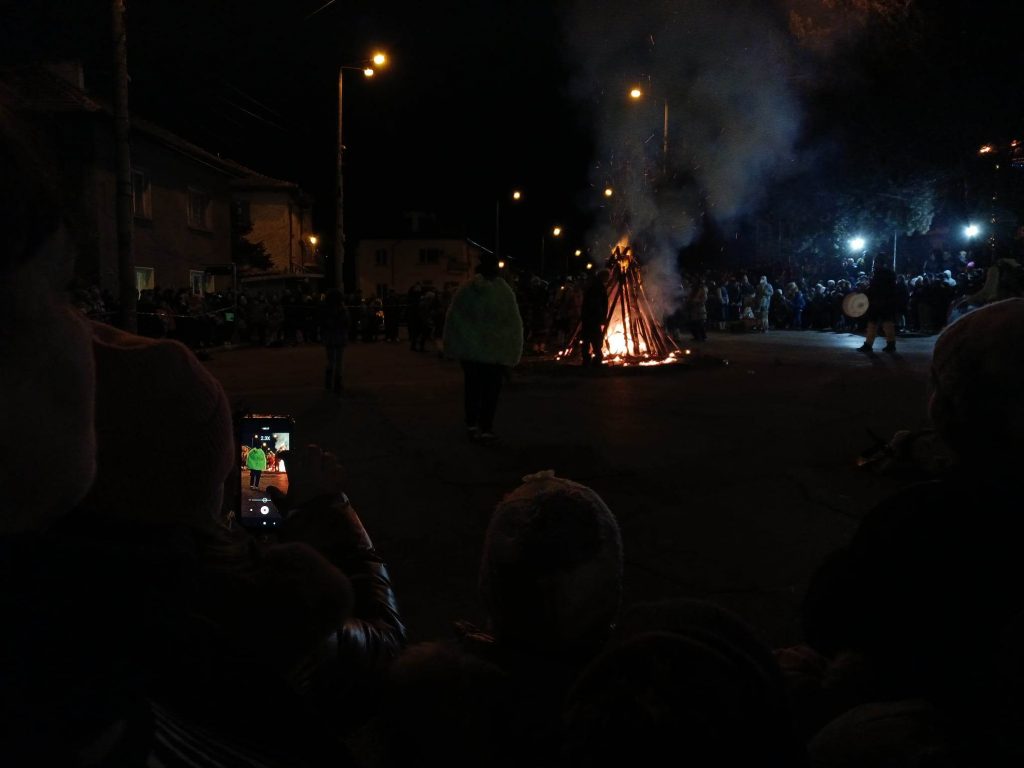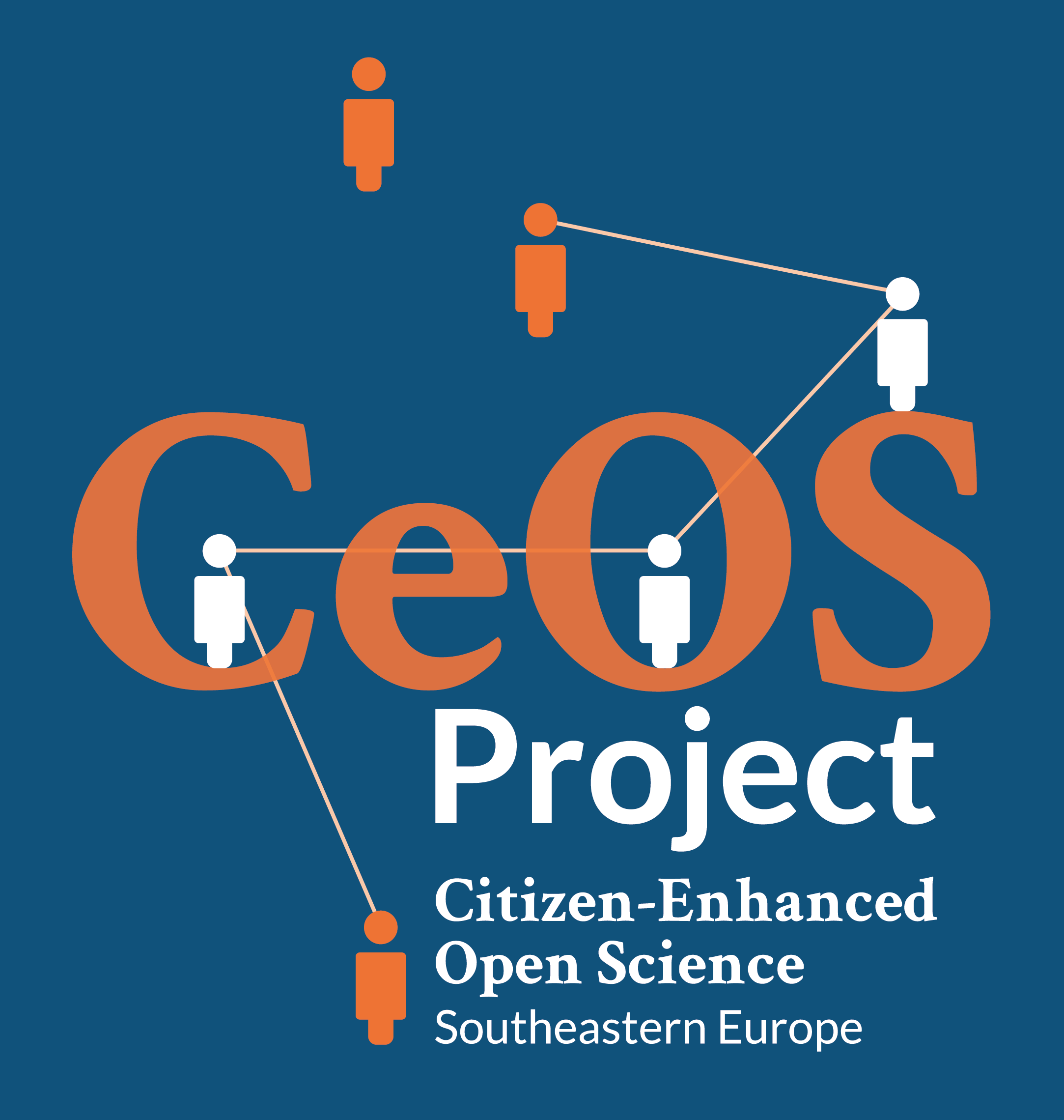In your life, you have inevitably witnessed events, and sometimes they may even have reached the central news feed. Especially today, people often reach for their phone first to document an event with a photo. It could be a concert by your favourite artist, or even a civic initiative.
But have you ever wondered that by doing that you could be part of citizen photojournalism?
Attracting and holding the attention of people living in a visually saturated culture is a current topic for discussion that can also be examined through the prism of citizen science, digital competence, and citizen photojournalism.
Citizen journalism, which appeared in the last decade of the 20th century, aims to witness and document reality. The evolution of technology, globalisation, and the possibility to be online 24/7 is a prerequisite for the birth of the “spectator reporter”. Reporting news in the present is a partnership between citizens and the media. The citizen of the 21st century is not only a recipient of information, but is also self-motivated to be an author of visual content.

In 1999, in the USA, news broadcasts began to use the so-called “viewer video”, which began the practice of viewers becoming part of the news with their personal experience. To this day, viewers on the television screen are encouraged to be reporters. Viewers’ participation with video material is defined as “citizen journalism”. The slogan “Don’t hate the media, be the media” was born from this very movement.
Citizen photojournalism has had a tremendous impact on the media industry. According to Glaser, citizen journalism is the idea that citizens without professional journalism training can use the tools accessible through modern technology and the Internet to create and fact-check their own media. A citizen journalist can post newsworthy information to a social media website, a blog, or even submit content to a professional news organisation in hopes of getting the piece published in a professional publication.
Being a “visual magician” is not an easy task. Professional photojournalists are trained to react in moments of crisis, look for the right moment to photograph convincing images, but also comply with ethical rules. The development of technology and the ability to hold in our hands a device that can take photos or record videos makes us all photographers or videographers, but not always what we have captured meets the ethical standards in journalism. Depending on the situation in which citizens find themselves, they may react by becoming an amateur reporter whose material will be distributed in the mass media and the global network.
Social media has seen an explosion of images and videos, and the implications of their promotion are significant for audience perceptions because of the narrative or “telling” role of visual information. Through our connection to the Internet, we can be informed about events and personalities from all over the world. We have access to media content on international media platforms, and this removes barriers to society.
Ubiquitous creation of visual media content and its subsequent distribution through the global network can have a positive impact on society. But on the other hand, it is possible to violate privacy, and the change in consumer culture is obvious as the veracity of photographic information is increasingly questioned.
Written by Svetoslava Dimitrova, ULSIT











